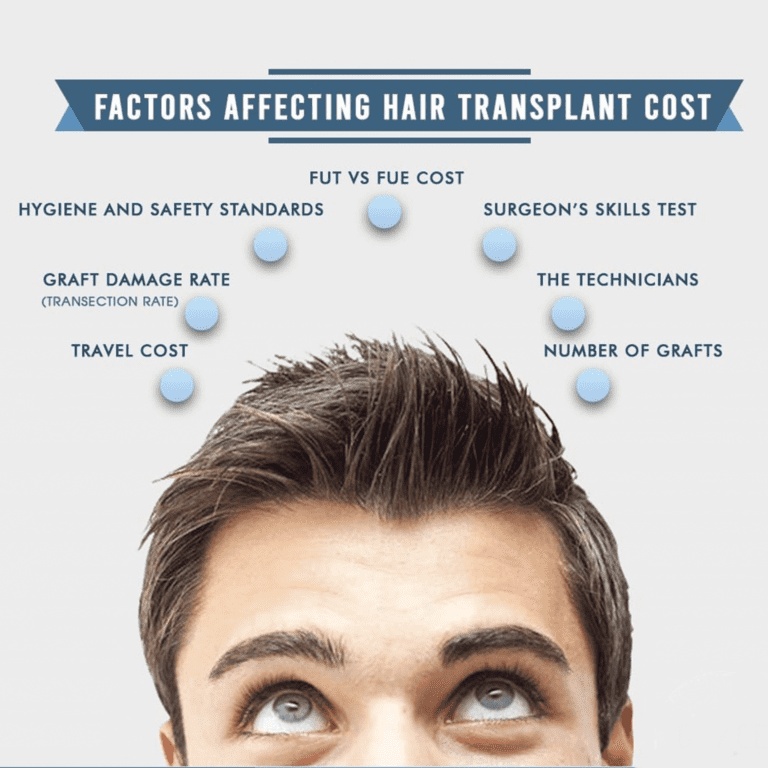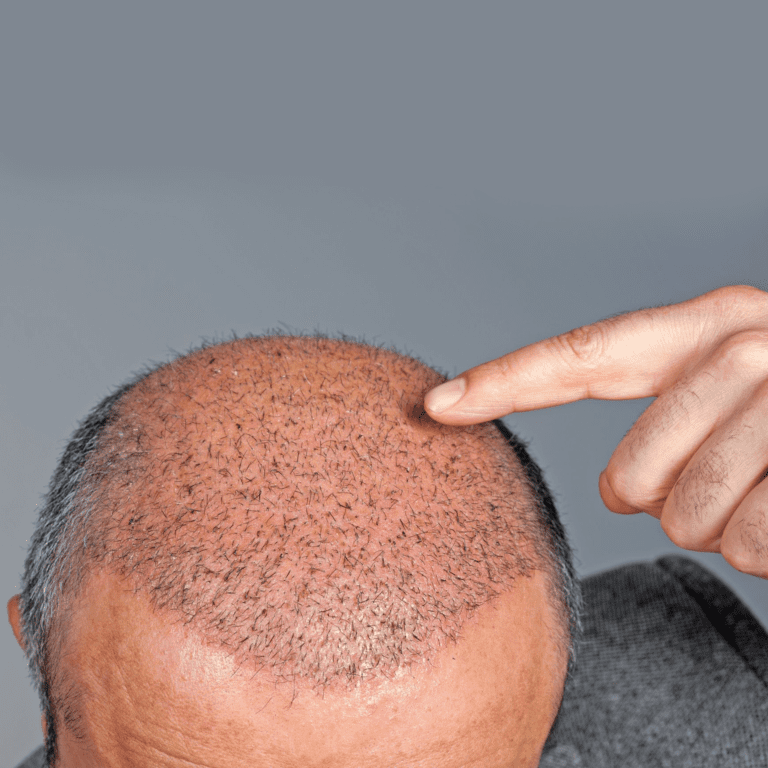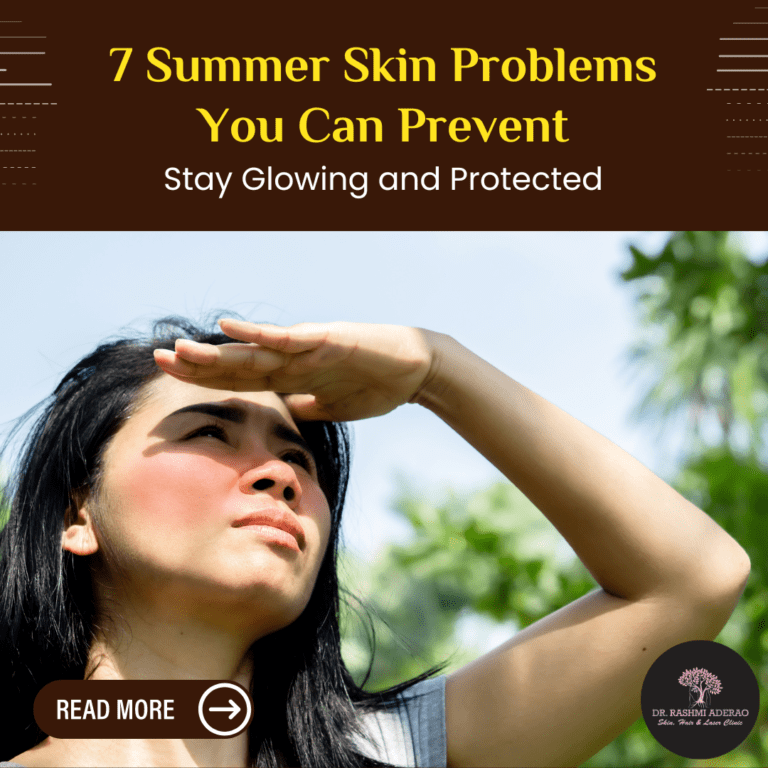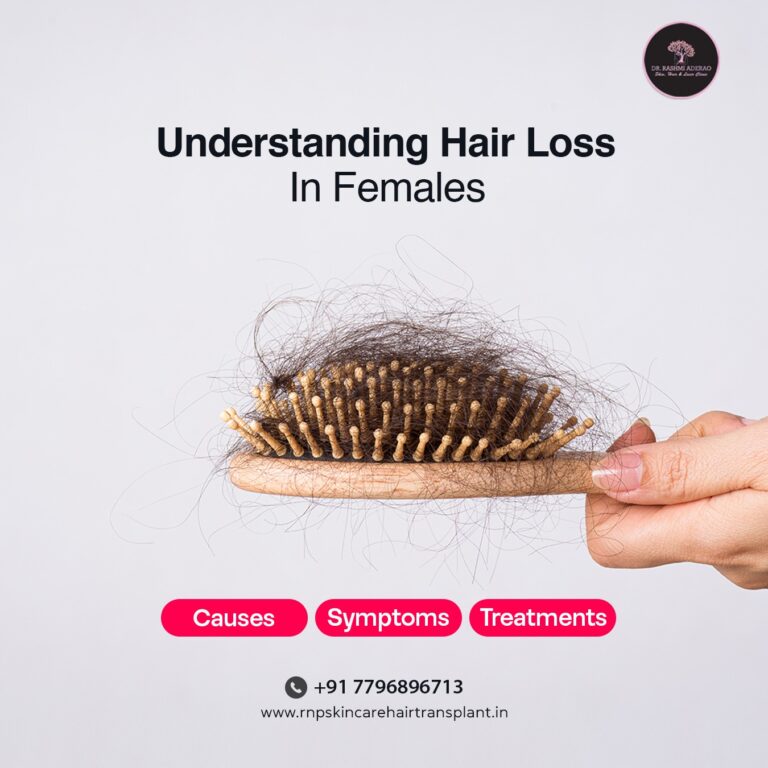Sunburn vs Heat Rash: Understanding the Effects of Rising Temperatures on Your Skin
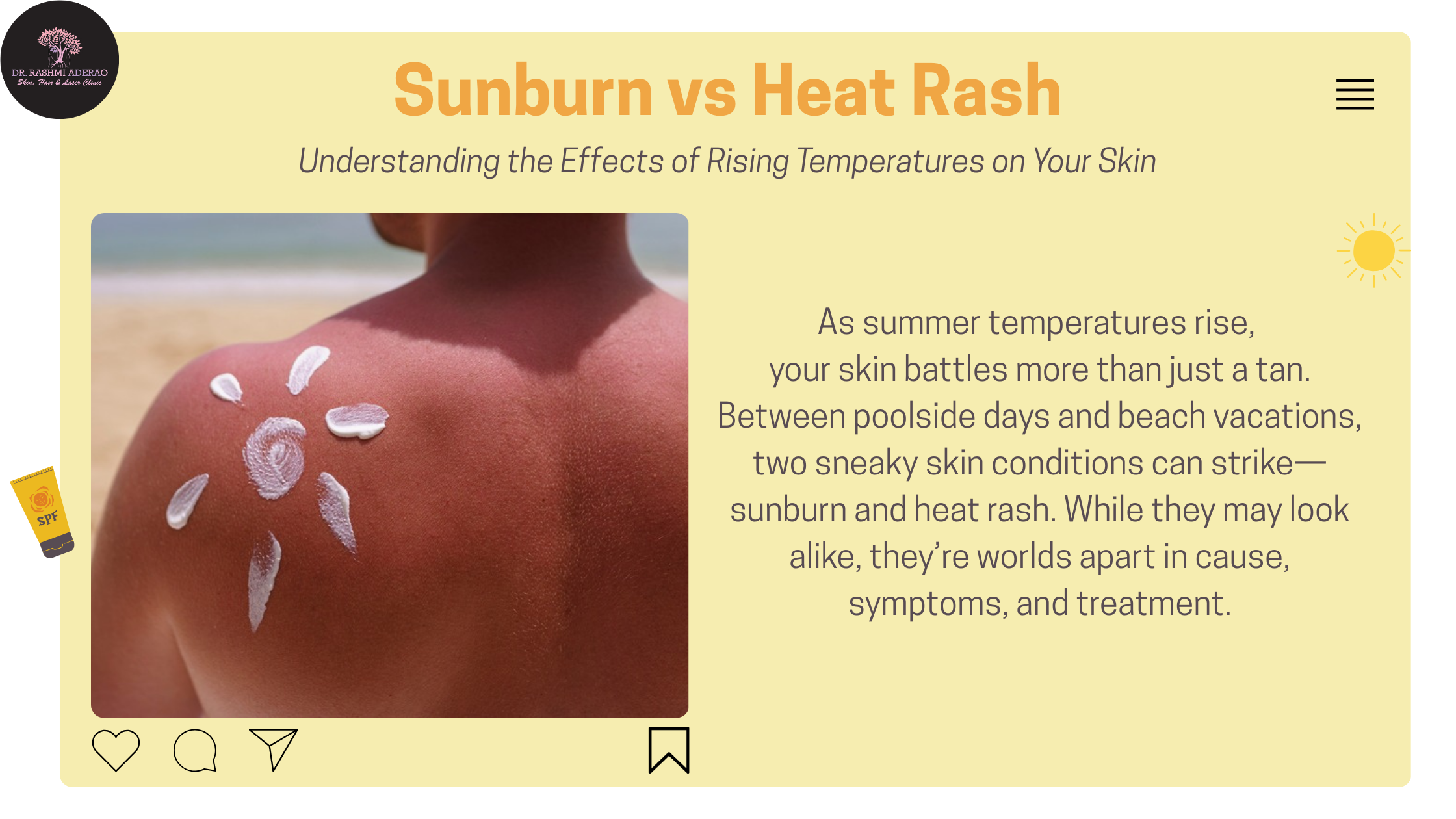
As temperatures soar and summer sets in, our skin becomes vulnerable to various heat-related conditions—two of the most common being sunburn and heat rash. While both may appear similar at first glance, they’re quite different in how they affect your skin and how they should be treated.
In this blog, we’ll break down the causes, symptoms, and treatments of sunburn and heat rash, and share expert advice on how to protect your skin from the damaging effects of rising heat.
What is Sunburn?
Sunburn is a skin reaction to excessive exposure to ultraviolet (UV) radiation from the sun. It can happen after as little as 15 minutes of sun exposure, especially between 10 AM to 4 PM when UV rays are strongest.
Common Symptoms of Sunburn:
- Red, inflamed skin
- Pain or tenderness
- Swelling
- Peeling (after a few days)
- In severe cases: blisters, fever, and nausea
How to Treat Sunburn:
- Apply aloe vera gel or a cooling moisturizer
- Stay hydrated
- Take anti-inflammatory medication (like ibuprofen)
- Avoid further sun exposure until healed
- Visit a skin clinic if blisters or severe pain occurs
Pro Tip: Always wear a broad-spectrum sunscreen with SPF 30+, even on cloudy days.
What is Heat Rash?
Also known as prickly heat or miliaria, heat rash occurs when sweat gets trapped under the skin, causing small, itchy red bumps. It’s most common in hot, humid climates and areas where skin folds or rubs.
Common Symptoms of Heat Rash:
- Tiny red or clear bumps
- Intense itching or prickling sensation
- Occurs on neck, chest, armpits, back, or groin
- No peeling, but possible inflammation if scratched
How to Treat Heat Rash:
- Keep the skin cool and dry
- Wear loose, breathable clothing
- Apply calamine lotion or a light, fragrance-free moisturizer
- Avoid heavy creams or oils that can block pores
- Seek advice from a dermatologist if it doesn’t improve in a few days
Why Rising Temperatures Worsen These Conditions
With global temperatures on the rise and longer heatwaves, our skin faces more intense UV exposure and humidity-induced sweating, leading to an increase in both sunburn and heat rash cases.
At our advanced skin clinic, we’ve noticed a surge in patients with heat-related skin concerns during peak summer months. Early diagnosis and proper skincare can prevent complications and long-term damage.
How to Protect Your Skin from Heat-Related Issues
- Apply sunscreen daily (reapply every 2–3 hours)
- Avoid direct sunlight during peak UV hours
- Use hydrating, non-comedogenic moisturizers
- Stay cool, wear breathable fabrics
- Shower immediately after heavy sweating
- Schedule a skin health check with a qualified dermatologist
📍Visit Our Skin Clinic for Expert Care
If you’re experiencing persistent redness, itching, or discomfort due to sunburn or heat rash, we here to help. We offer personalized skin treatments and preventive care to keep your skin healthy and glowing—even during the hottest months.
Book your consultation today and beat the heat with expert skin care.

